Kitchen Basics 101: Vegetable Broths and Stocks
A Trip to Substack HQ, Spiced Mango Granola, and Broth/Stock Science
The big news is that we crossed 24K plus subscribers last week!!!!!!! Thank you so much; I appreciate all who read this newsletter and support my work. Without your encouragement, I wouldn’t write this newsletter.
I almost called this new mango granola recipe, Mangola, and then remembered that it’s the name of the classic mango drink (other than Frooti) made by Duke’s in India. I create this fruity granola with the new Icelandic Yogurt’s skyr fruit flavors. (this is also good on ice cream.) Cinnamon and star anise add the kick of sweet aroma to this granola, making it all smell sweeter. I received a question from a reader who asked if whole spices can be used in this granola. You can, but the scent of the spices will be VERY weak. I STRONGLY recommend using ground spices here.
Earlier this week, I was invited to come and speak at the
HQ in San Francisco. I got to share my journey in science, food, and even how I came to write my newsletter with the wonderful people that work at Substack and help me share my words and food with you. We even cooked from my upcoming Veg-Table cookbook and made the stuffed cabbage rolls in tomato sauce. And in case you’re wondering, the teams were very competitive, and I had a blast with them.

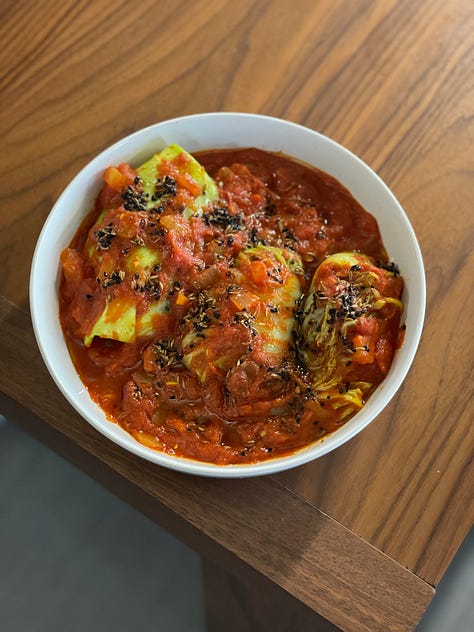



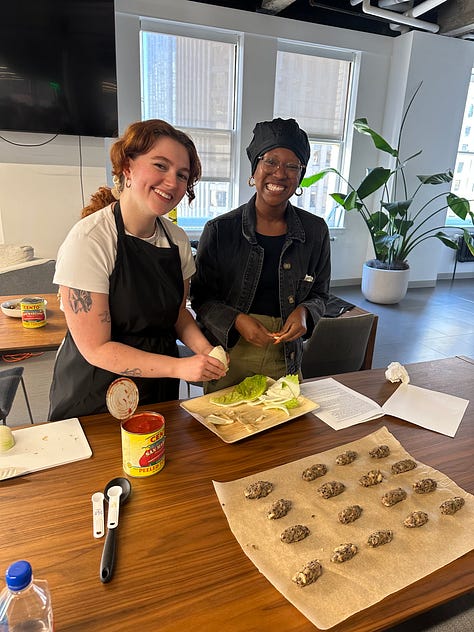



Genes play a big role in how we perceive taste and aromas in food. This helps define our behavior in what foods we’re drawn to and what we avoid. Of course, our environment, including our cultures, also influences these choices. From acquiring food tastes to the genetics of flavor, this is an interesting short piece on the MC4R gene(melanocortin 4 receptor gene) mutation that plays a role in food consumption and choices. Also in this article are the OR6A2 gene mutation, the cilantro “Marmite” reaction, and the TAS2R38 gene mutation involved in sensitivity to bitterness. A fun read that also describes some experiments and how people responded to them. When reading these studies on human genetics, remember that not everyone might react similarly, even if they have the mutation. There could be a bunch of other genetic and environmental factors that affect their behavior.
For Epicurious, I wrote a piece on one of the unsung heroes in the kitchen - the ice water bath and the science of how it transforms our cooking and food.
This week, I wanted to take some time to talk a little about vegetable broths and stocks. While this conversation centers on vegetables, I sometimes need to bring up non-vegetarian stocks to highlight some similarities and differences. You’ll see why in a little bit.
The Difference Between Broths and Stocks
I’ve seen the words used interchangeably at times, but there are differences between broths and stocks. Interestingly, the difference between broth and stocks comes from how bones and meat are processed during cooking, which isn’t applicable to vegetable stocks. This is why I think the words can be used interchangeably regarding vegetable-based broth and stocks. From a chemist’s perspective, a broth or stock is simply an extraction method. Whatever substances in the ingredients are water-soluble will enter the liquid while the rest of the insoluble stuff will stay out. Taste molecules like acids, salts, sugars, amino acids, some proteins, umami molecules, etc., will all dissolve in the water phase, but fats and insoluble plant fibers won’t.
Stocks are typically made from bones, while a broth is made from meat flesh.
Unlike a broth, a stock contains no added salt (and sometimes even no pepper).
Stocks also appear darker brown in color than broths because the bones are roasted before preparing the stock.
Stocks are thicker in consistency because they use bones. As the bones cook, the collagen gets converted into gelatin which thickens the liquid. In homemade, vegetarian stocks, starches, pectin, and cellulose from the vegetables contribute to the thickness of the liquid. In commercial vegetarian stocks, the thickness comes from using agar-agar or some type of starch thickener like cornstarch or xanthan gum (I find the term “vegetarian gelatin” misleading, gelatin is protein, and agar-agar is a carbohydrate, they are chemically different and work and behave quite differently).
This isn’t a primer on Indian broth and stock making, but I want to point out that there are differences in how they’re used in different cultures. In contrast to French cooking, where broths and stocks form the basis of many recipes, Indian cuisine rarely depends on separate broth and stock recipes to create other dishes. Instead, the recipe itself lends to creating a flavorful liquid that is unique to that dish. For example, there is no need for special stocks to make dals and curries; the flavored broth forms as it cooks. In Indian cooking, stocks come into play when cooking rice or steaming vegetables, seafood, or meat (though I find the practice more common with rice than the latter). In Indian cookbooks, you might come across akni and yakhni; both are flavorful broths created using ingredients like garlic, ginger, onions, and spices like coriander and fennel. For non-vegetarian rice dishes like meat pulaos, the broth can be made using meat and bones. The rice is cooked with the broth (I should also point out that classically, there aren’t that many salads/salaad or soups/shorbas in Indian cuisine.), and the grains absorb the flavors and colors from the liquid.
Tips on Making Vegetable Broth/Stocks
Building Umami: Let’s start with the biggie. This is probably one of the most important goals in making vegetable stock. For an instantaneous fix, stir in nutritional yeast, Marmite, Vegemite, Promite, soy sauce, seaweed, Ajinomoto/MSG, tea leaves (green and black), tomato powder, and/or cheese rinds (Parmigiano Reggiano, for example, if you consume cheese is a good one). I also like to use dried shiitake mushrooms (among the mushrooms, dried shiitake contain the highest amount of glutamates, one of the umami molecules) to bump up the savoriness. Dried shiitake mushrooms contain enzymes that break down the nucleic acids in the mushrooms and release the umami molecules when rehydrated in warm water. From the Veg-Table cookbook, try the Master Mushroom Vegetable Stock recipe, it’s simply good on its own, but I also love to use it for steaming vegetables, cooking rice, and making soups. BTW, I treat wine as a type of broth when I make soups at home or need to braise vegetables and meats; after all, it’s fermented grape juice and full of complex flavors.
Not everything needs to go into a broth or stock. This one is a painful conundrum. Avoid dried allium skins, and I mean to avoid all the dried onion, garlic, leek, etc., papers; they will make your stock taste unpleasantly bitter. These dried allium papers are rich in polyphenols which taste intensely bitter. When boiled in water, the polyphenols are extracted, making the liquid taste bitter. Some of these polyphenols are good for our health, but realistically speaking, a bitter broth or stock will destroy your dish. It’s better to compost those skins.
Bitterness comes up again. This time, it’s with toasted and roasted vegetables. Imagine a tea steeped for too long or with too many black tea leaves. It’s going to taste very bitter. Keep this tip in mind, usually, a dry ingredient like dried corn husks (there’s a recipe in Veg-Table for a toasted corn husk stock (it’s used to make an extra creamy and rich corn and jalapeno soup and a sweet corn pulao) or grains like barley when toasted/roasted, will develop more bitter flavors than one with more water like a tomato. Avoid oversteeping or using too much. An excellent way to gauge this is to taste the broth a few times during cooking to understand how the flavors develop. If it tastes bitter, stop and separate the liquid from the solids.
For smoky “meatier” flavors, I like to use presmoked ingredients like smoked salts and even the smoked tea leaves of lapsang souchong (Season has a soup recipe that uses this tea).
Add some starch to thicken a broth or stock (and soup). Breadcrumbs, leftover bread, potatoes, cassava, yucca, sweet potatoes, flour, etc., will all help thicken the liquid. I rarely use agar-agar as a thickener.
There’s another method to make “brown” vegetable stocks that can be slightly tricky, but when it works, the results are exceptional. In this method, the vegetables are “dry” cooked in a stockpot. No water or oil is added, and the vegetables are browned over the lowest heat setting. Keep the lid on the pot and stir occasionally to prevent the vegetables from sticking to the bottom. The water from the vegetables keeps the vegetables from burning, but as you can imagine, you’ll need to watch them carefully. Once the vegetables reach a deep toffee brown color, add water, boil them, and strain the solids out of the liquid. I prefer adding spices and fresh or dried herbs after adding water for better flavor.
Storage: If you are tight on space in the refrigerator or freezer, strain and discard all the solids from the broth after cooking and then reduce it to a manageable volume. Remember to dilute the reduced stock before using it for cooking. When freezing, I freeze the reduced broth or stock in ice cube trays and store them in vacuum bags.

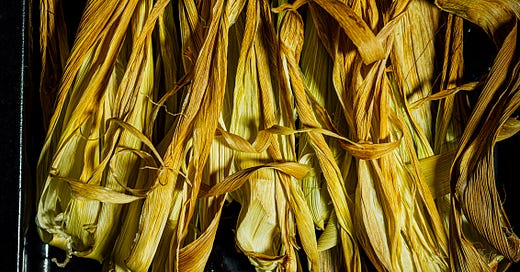


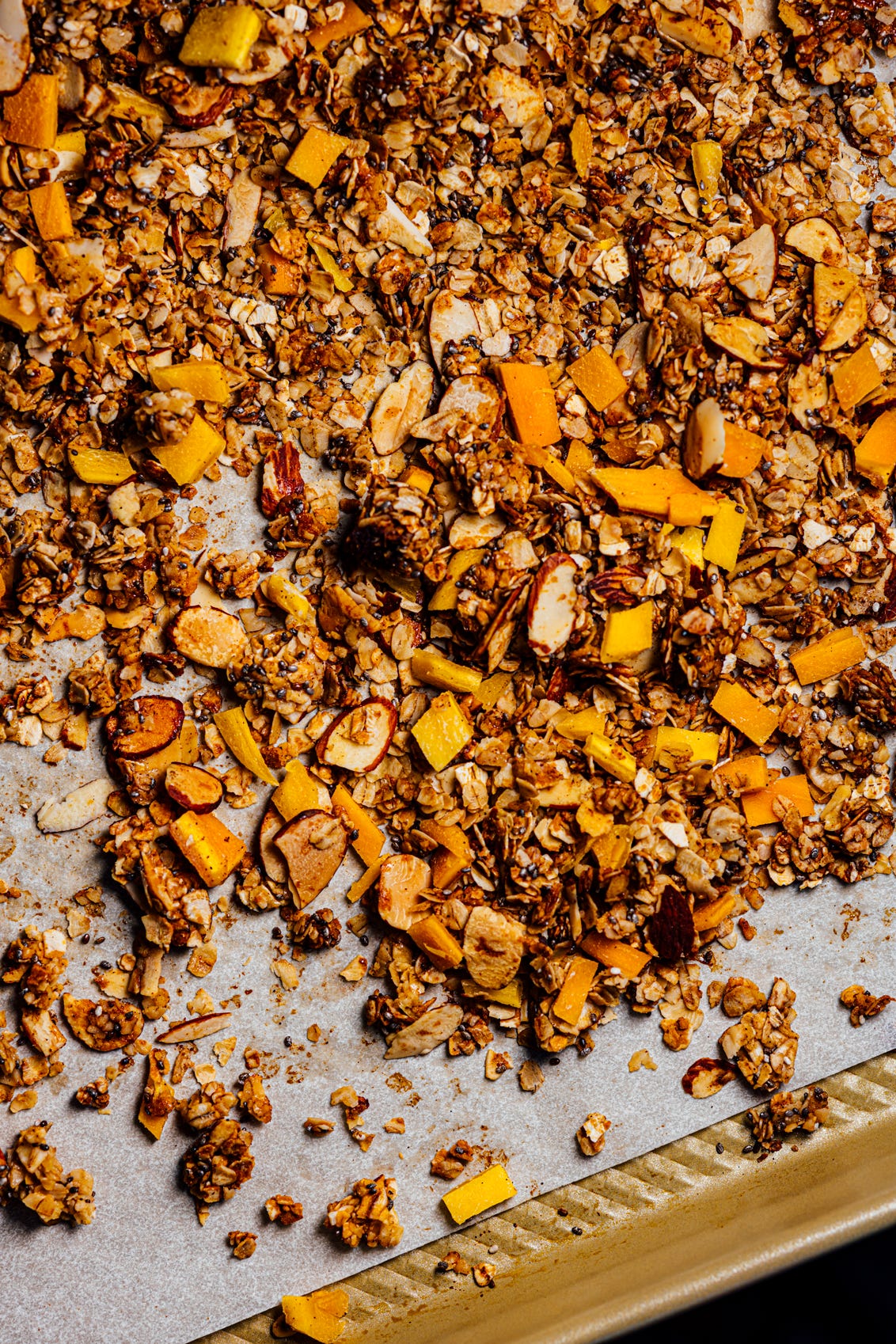


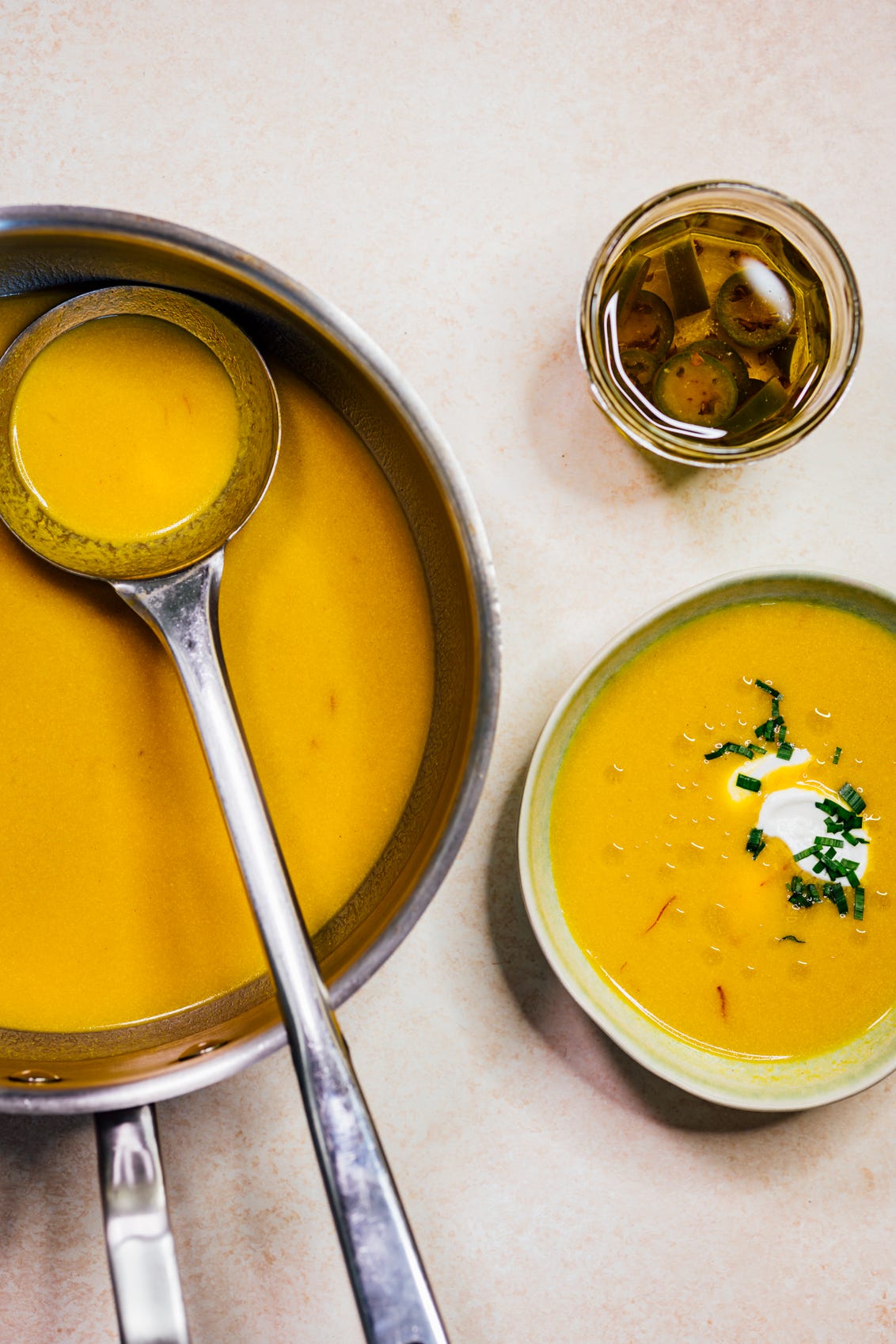
This is a great article, and I'm always looking for ways to boost the inherent flavours of the stocks I make. I'm really curious about the dry searing technique of the vegetables, and might incorporate that next time I do a chicken stock. Speaking of which, do you have tips or tidbits of knowledge on meat stocks/broths? Amounts of vegetables, or use of particular spices/ingredients that interact, play off, or boost the flavour? Or is that the subject of a future article? I've seen a few recipes where the onion in a sto
ck is charred, and there's a lot of talk about charring many of the vegetables for stocks to get a hint of smoke/caramel.
As someone who is obsessive about making my own stock/broth I found your article really interesting. I always include onion skins as I hate throwing them out and feel they add intensity to the colour. I have never found my stock to be bitter as a result. Another great ingredient for adding umami is miso paste - I mix some with water and add to the tray of veg before roasting in the oven for an hour and then everything into the pressure cooker (total game changer especially for meat-based stocks), I also add dried shiitake and a strip of kelp, fresh rosemary, thyme, bay. Anyway, can talk about until the cows come home....🤣